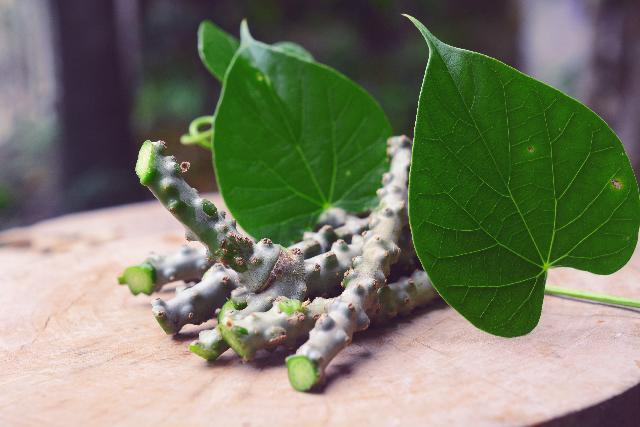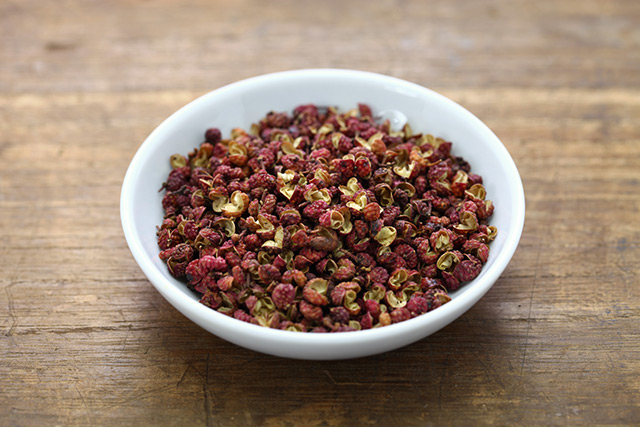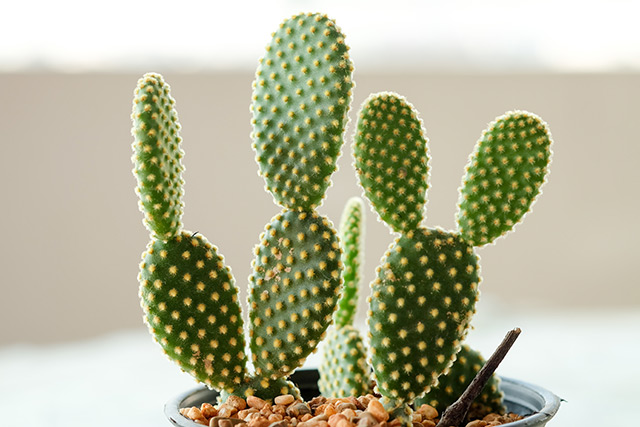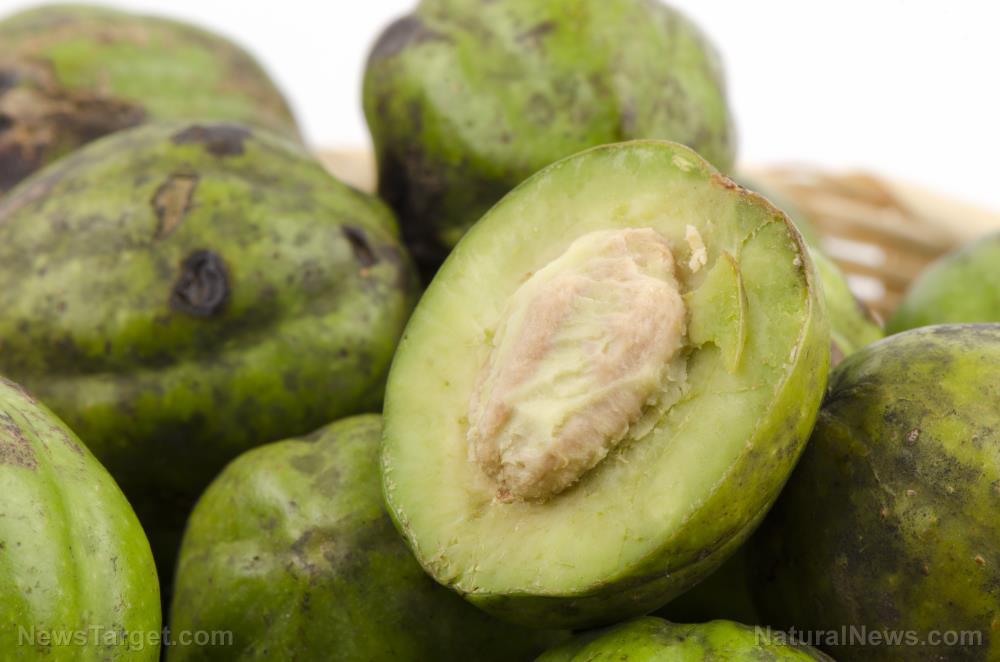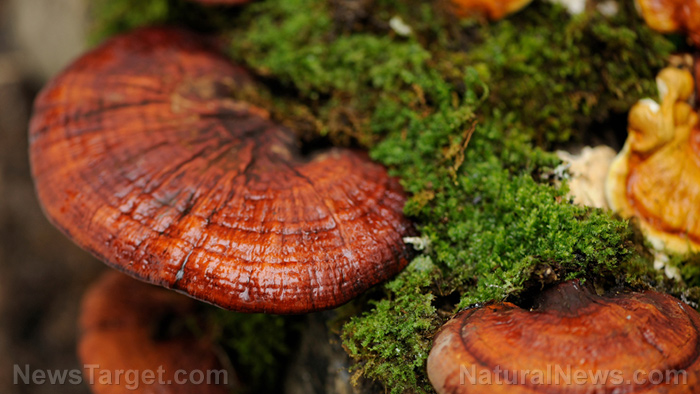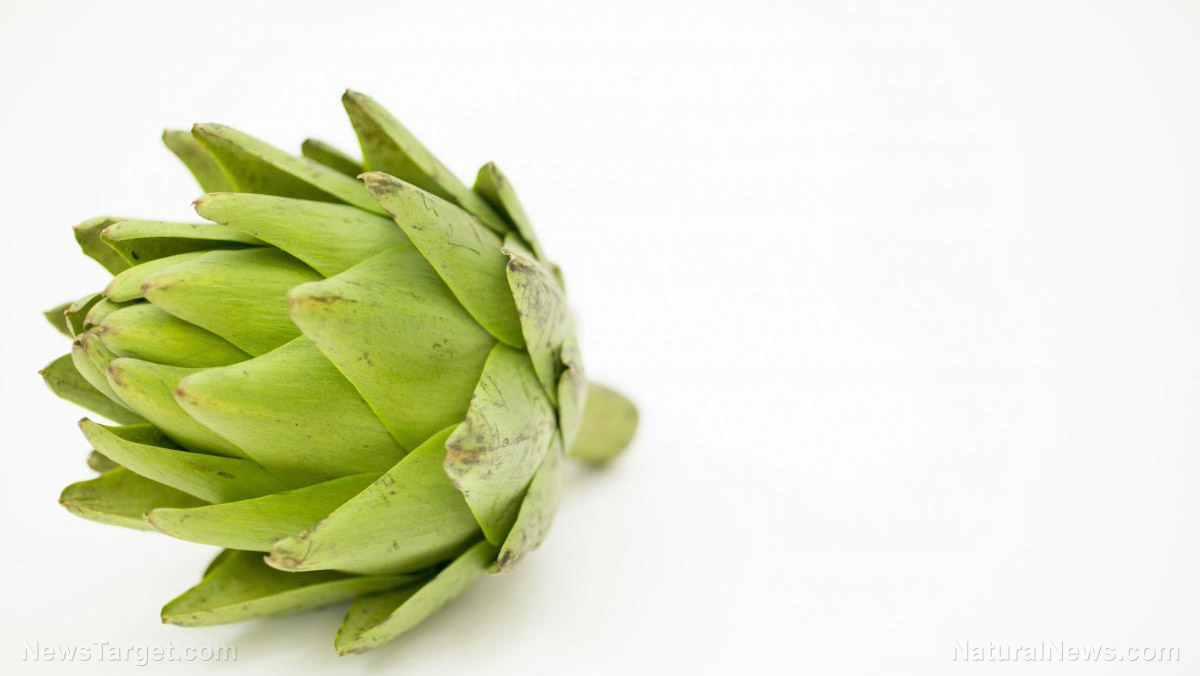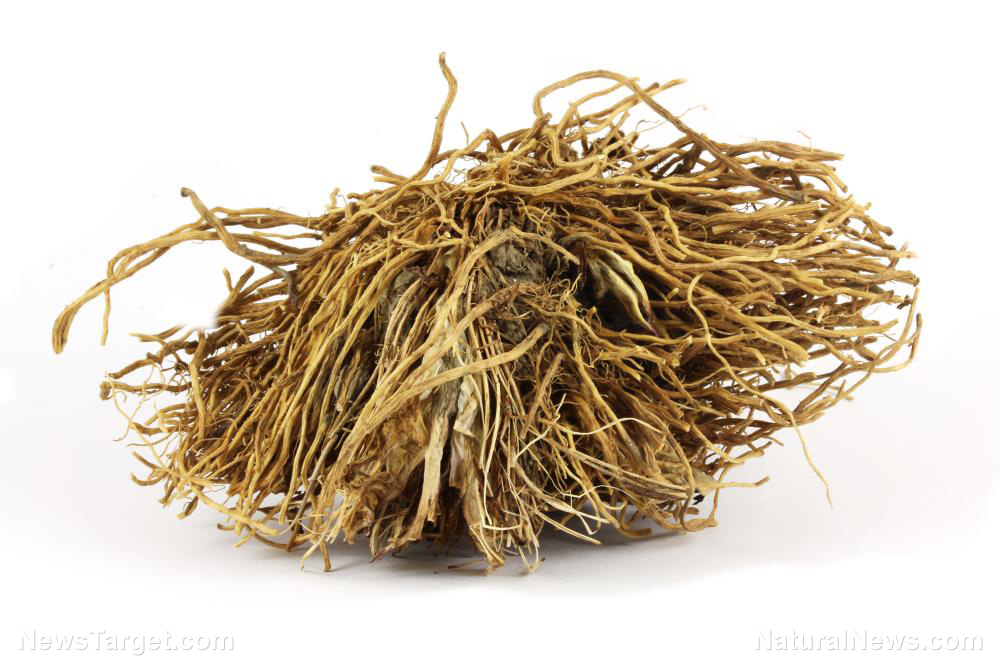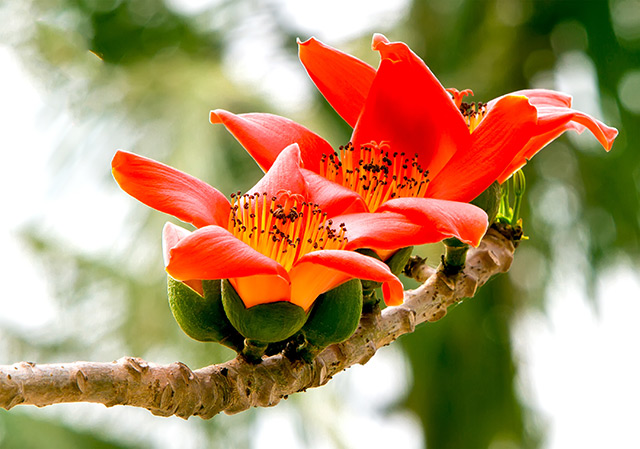A new kind of magic mushroom: New sustainable material made of mushrooms can provide housing, food security, water filtration
01/08/2018 / By Zoey Sky
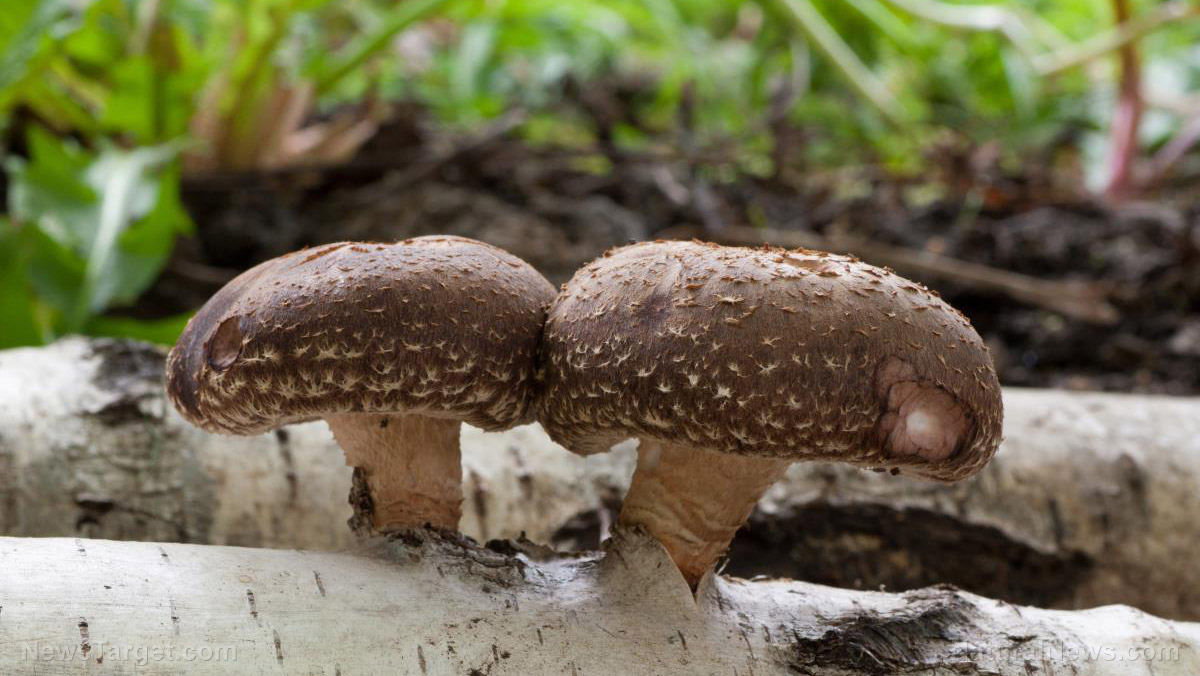
While some people are worried that we might one day run out of building materials, a group of experts has revealed that they have successfully created wood-like blocks out of mushrooms.
Architect Chris Maurer and his collaborators at Redhouse Architecture in Cleveland, Ohio, aim for the creation of whole communities using mushroom “wood” and its byproducts. This material can even be used to provide “housing, food security, and even water filtration” in areas ridden with climate change-related disasters.
Maurer’s mushroom wood is made from mycoterials, or the least useful part of fungi apart from the edible caps and stems. Anything with cellulose, one of the most common carbon compounds, can serve as food for mushrooms.
After the raw material is chosen, it is pasteurized or “heated to kill off bacteria and other fungi.” This prevents other organisms from competing with the mycelium introduced to create the “wood.”
For example, a plastic bag at Maurer’s workshop might contain oyster mushroom mycelium infused with some rye grain. Once it spoils, it will be fused into a solid mass. This mass will then be shaped, dehydrated, and compressed. The wood’s “texture, color, and tensile properties” will depend on the original raw materials and the type of mushroom used.
After the production, the result is a flexible, sturdy, and versatile building material. Mycoterials have some of the long-lasting properties of concrete but is also malleable like wood, per Redhouse lab tests.
Maurer comments that he and his team can create materials “that are structural, insulating, fire resistant, and sound attenuating.” He concludes that Redhouse chooses to use material from nature, utilizes nature, and can even be recycled.
Bacteria and masonry
The expanding movement that advocates “sustainable, biologically-derived materials” incorporates both fungus-based design and construction. Architect Ginger Krieg Dosier of bioMASON in Durham, North Carolina, was able to create cement and bricks from bacteria. Meanwhile, others use organisms for “self-healing concrete, or environmental clean-up, or lab-grown substitutes for leather.” (Related: Scientists think they just invented “multifunctional polyculture” food farms, but it’s been around forever as “food forests” and “permaculture.”)
Bio-building and bio-design are based on fundamental principles like the reduction of all kinds of building-related waste. Building construction and demolition produce more than 500 million tons of waste yearly, accounting for at least 40 percent of energy consumption in the U.S. Worldwide, buildings create more than one-fifth of the population’s total climate-warming greenhouse gas emissions.
Dosier’s company bioMASON hopes to introduce its first commercial products in markets within 2018 or the next few years. Despite her academic background in architecture, Dosier is inspired by microbiology. She explained, “Using bacteria to manufacture cement materials – ‘biological stone’ – eliminates carbon dioxide emissions.”
The LEGO-sized prototype she designed netter her the 2010 Metropolis Next Generation Design Competition. Her company bioMASON then moved on to normal sized bricks, pavers, and other masonry. They were able to create commercialized products with help from a combination of grants and institutional support that helped give life to their concepts.
While cities with buildings made of biobrick or fungus-wood have yet to become reality, the materials dreamed up by Redhouse Architecture and bioMASON are definitely full of promise.
Other sustainable materials
Consider these sustainable materials if you’re planning the construction of certain additions to your property:
- Straw bales – Straw bales can be used to replace other building materials like concrete, wood, gypsum, plaster, fiberglass, or stone. If properly sealed, straw bales can provide naturally high levels of insulation for buildings in a hot or cold climate.
- Grasscrete – A method of laying concrete flooring, walkways, sidewalks, and driveways in a way that allows for open patterns that lets grass or other flora to grow, grasscrete improves stormwater absorption and drainage.
- Rammed earth – Rammed earth refers to dirt tamped downed tightly in wooden forms, and this material feels similar to concrete. Modern rammed earth buildings can be bolstered using rebar or bamboo.
Read more articles about other sustainable materials at GreenLivingNews.com.
Sources include:
Tagged Under: amazing, building materials, food security, fungus-based design, green living, housing, mushroom wood, Mushrooms, mycelium, mycoterials, sustainability, sustainable living, sustainable material, water filtration






